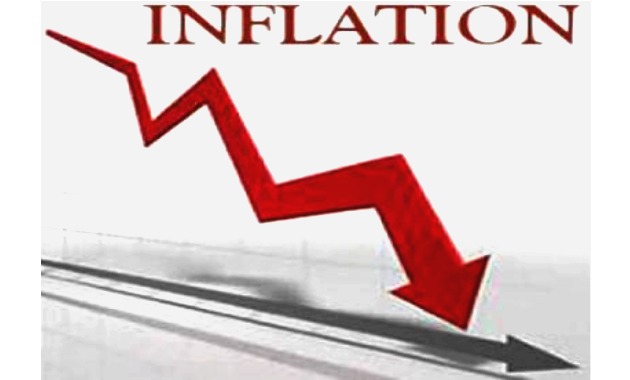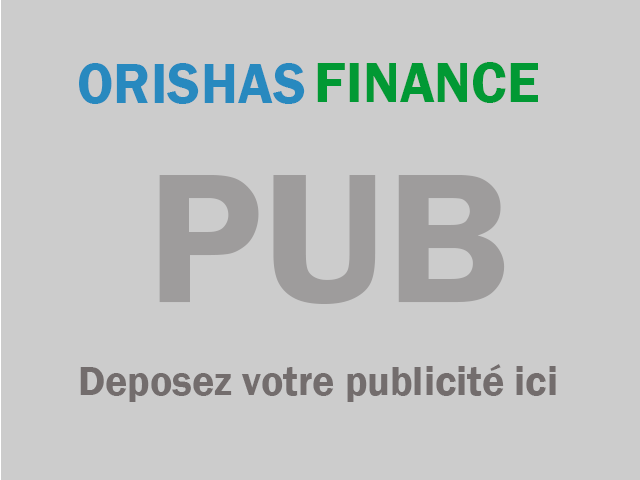Enjoy a simplified experience
Find all the economic and financial information on our Orishas Direct application to download on
Play Store
African and Asian insurers and reinsurers, but also European active in these two markets met in Marrakech from September 23 to 25 to discuss the new conditions of their business. The amplification of challenges inherent to the sector in Africa in particular makes them perceive many opportunities. Explanations. The insurance penetration rate in Africa hovers around 3%. The gold medal goes to South Africa which reaches 17%. Morocco - host country of the 26th conference of the Afro-Asian Federation of Insurance and Reinsurance (FAIR 2019) held in Marrakech from September 23 to 25 - has a penetration rate of 3.08. %. In other words, the sums paid to guarantee the risks remain, in general, extremely low compared to the wealth produced by African countries. As a result, the Continent weighs only a featherweight in the global insurance market. Indeed, of the $5.193 billion in premiums issued in 2018 (up only 4.8% year-on-year), premiums issued in Africa represent only 1.8%, according to Swiss Re data. , Africa has 1.5 billion inhabitants and the population growth of the Continent is such that its population should double by 2050, according to the United Nations. The middle class is constantly growing. And for these reasons and many others, Africa is increasingly becoming a strategic business center for the world, exposing companies to new risks, which multiply the challenges facing the sector. insurance and reinsurance. But for professionals, the realities of the continent and the challenges faced by insurers and reinsurers represent "a source of opportunity" for the sector. “There are a lot of movements within our economies. And this opens the door to real opportunities to be seized and possibilities for cooperation with the aim of sharing good practices and developing real resilience in the sector”, estimated Youssef Fassi Fihri, CEO of the Central Reinsurance Company (SCR), host of the event, which also takes over the presidency of FAIR. What if insurers took advantage of mobile? In addition to the classic challenges faced by the markets such as the delicate issue of protectionism, the management of underwriting risks, regulatory issues, the resurgence of catastrophes, the technological challenge is emerging as one of the workhorses of insurance companies in Africa. If the banking sector somehow manages to capture a fringe of the unbanked population in Africa thanks to mobile banking, the insurance sector is not yet at this stage. By means of banking-insurance, however, some financial institutions manage to expand their portfolios. However, professionals believe that the low incomes of a large part of the African population, but also the non-culture of insurance (because sometimes those who can afford it do not use it) are all factors that slow down the penetration of insurance services in the region. In Kenya, one of the continent's most dynamic countries in insurance, reflections are underway in isolation to see how to take advantage of mobile. “Mobile money in Kenya has incredibly accelerated financial inclusion. Finally those who live in remote areas and who did not have access to the bank, could then have access to financial services either through the mobile. This is what we need for insurance, ”explains to La Tribune Afrique James Macharia, director of operations of Kenindia Assurance. Read also: Banks: the American giants in Africa more risk-averse than we imagined? (2/2) The path of microinsurance and its limits The challenge of the insurance sector in Africa is to adapt the offer to the purchasing power of Africans. In this sense, microinsurance emerges according to professionals as a niche to take into account. Here, all the experts identify agriculture and health as growth areas for this type of service. In sub-Saharan Africa, the Moroccan SCR is already working on this. “This is what we are doing in Cameroon as an example. There are so many small farmers across the Continent. At their level, they are also exposed to a number of risks that are not always taken care of. It's quite a market,” one of SCR's project managers in West and Central Africa told La Tribune Afrique. Like the SCR, several companies are looking at this niche, especially since agriculture remains the strong link in the majority of the economies of the Continent, often driven by small farmers. If microinsurance stands out as a solution to propel the insurance penetration rate in Africa, professionals also see some limitations in terms of business. Because, on the condition of covering a very large population, the income from microinsurance is lower than that of the classic insurance offered up to now across the Continent. Moreover, microfinance services cannot afford high charges. “If we only consider the HR factor, hiring managers in an insurance company means paying high salaries. However, the income from microinsurance is still too low to allow a company to bear this type of expense,” argues Macharia. Read also: These African women who shine in the luxury industry In view of all these realities, popular awareness of insurance services and awareness within the business community in Africa are emerging as a "must do" of companies operating on the Continent. Because Cyclone Idai, which occurred in southern Africa last March and caused losses estimated at 2 billion dollars, the recent fire at Sonara, the Cameroonian oil refinery, which turned out to be uncovered at the time of the disaster, are as many of cases that lead players in the insurance and reinsurance sector to think that today, more than ever, the challenge of a strong insurance sector is decisive in achieving the development objectives of the Continent. This is why FAIR 2019 also emphasized the need to multiply partnerships between African companies and Asian, Arab or European companies in order to create, why not, a "frog leap" in insurance and African reinsurance.
 Les actualités de la BRVM en Flux RSS
Les actualités de la BRVM en Flux RSS



